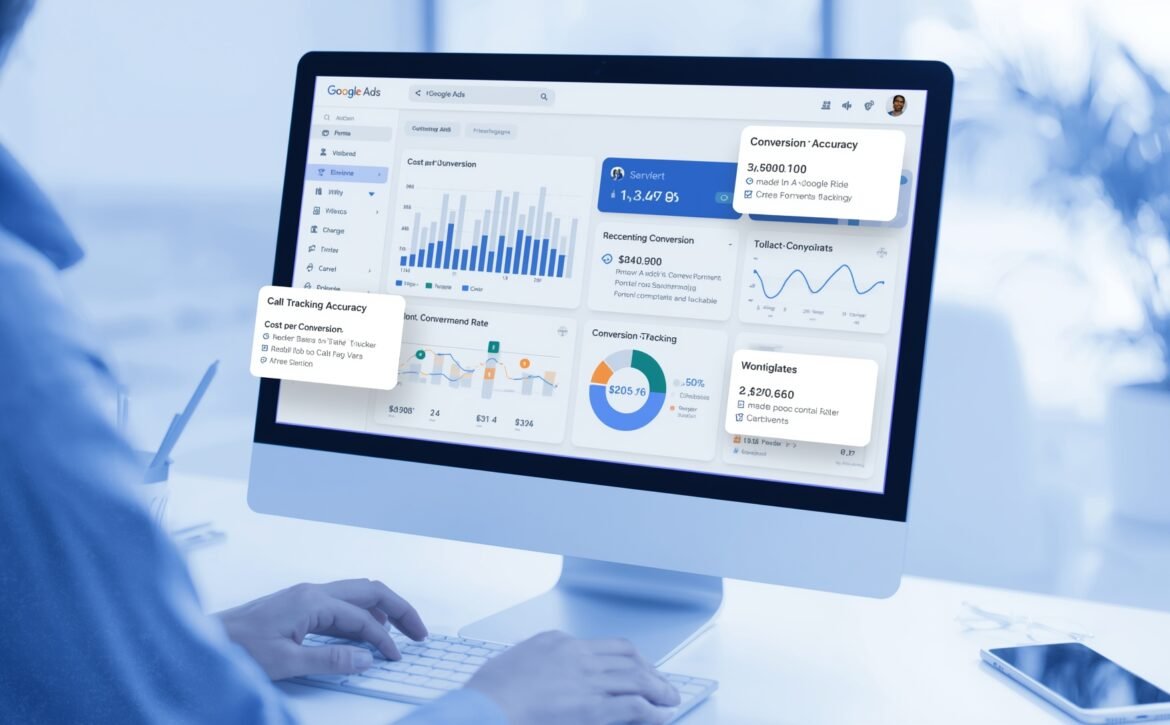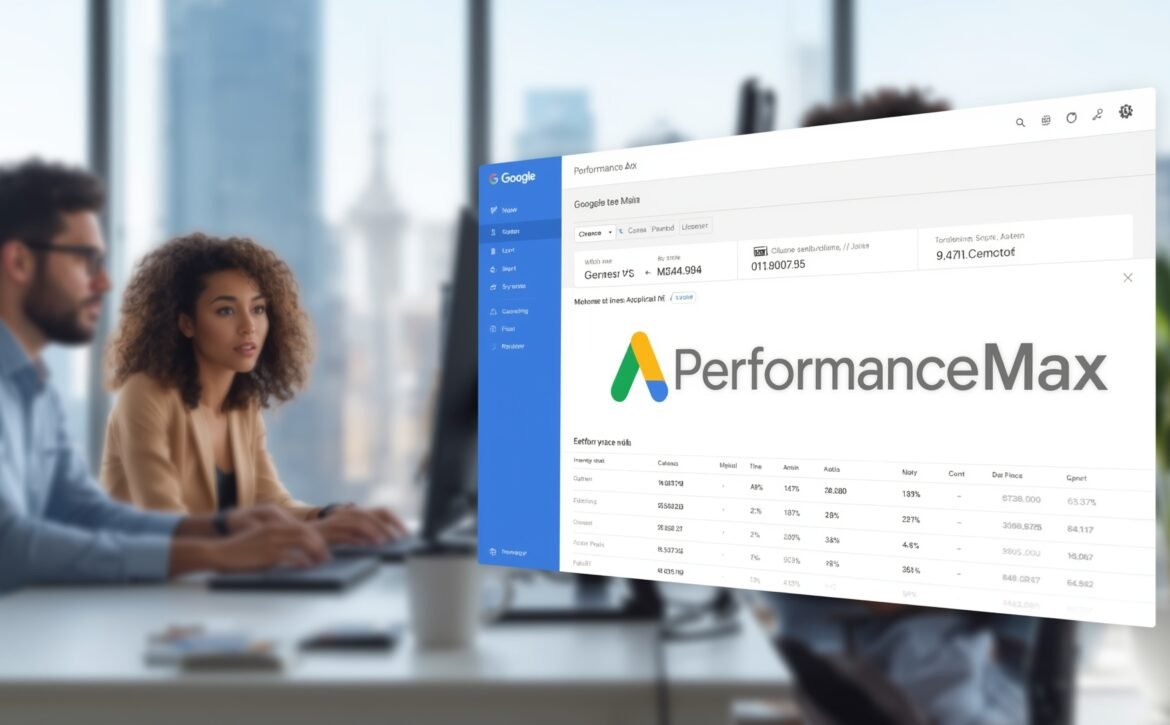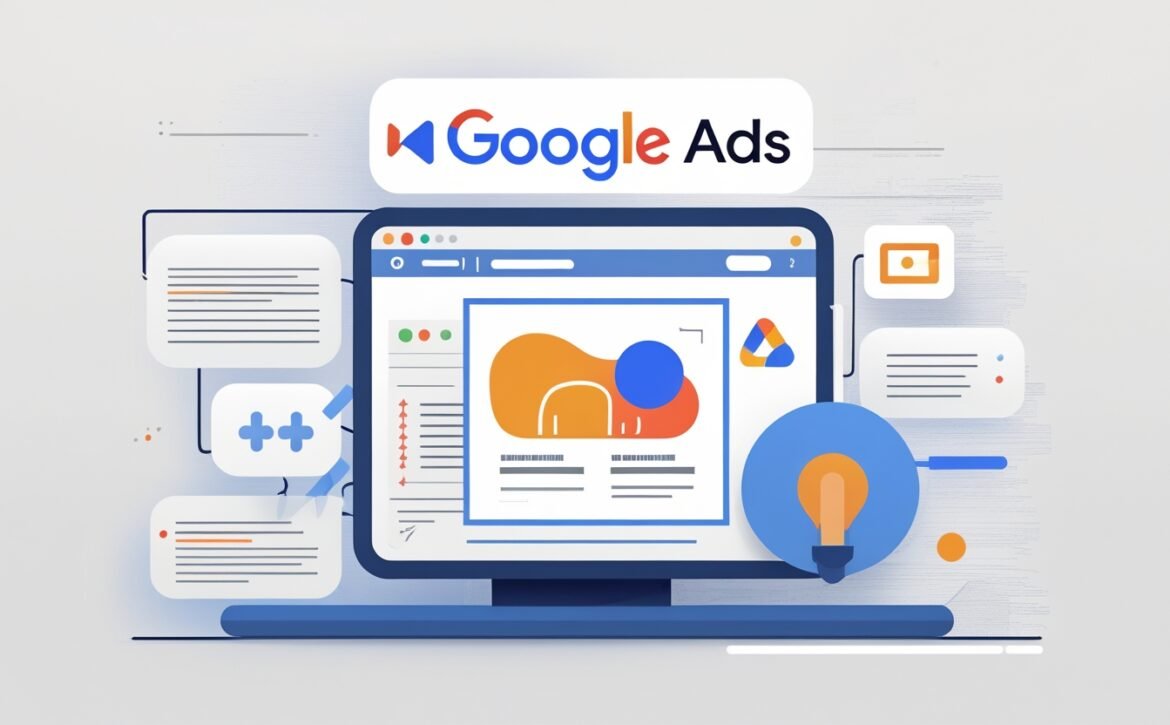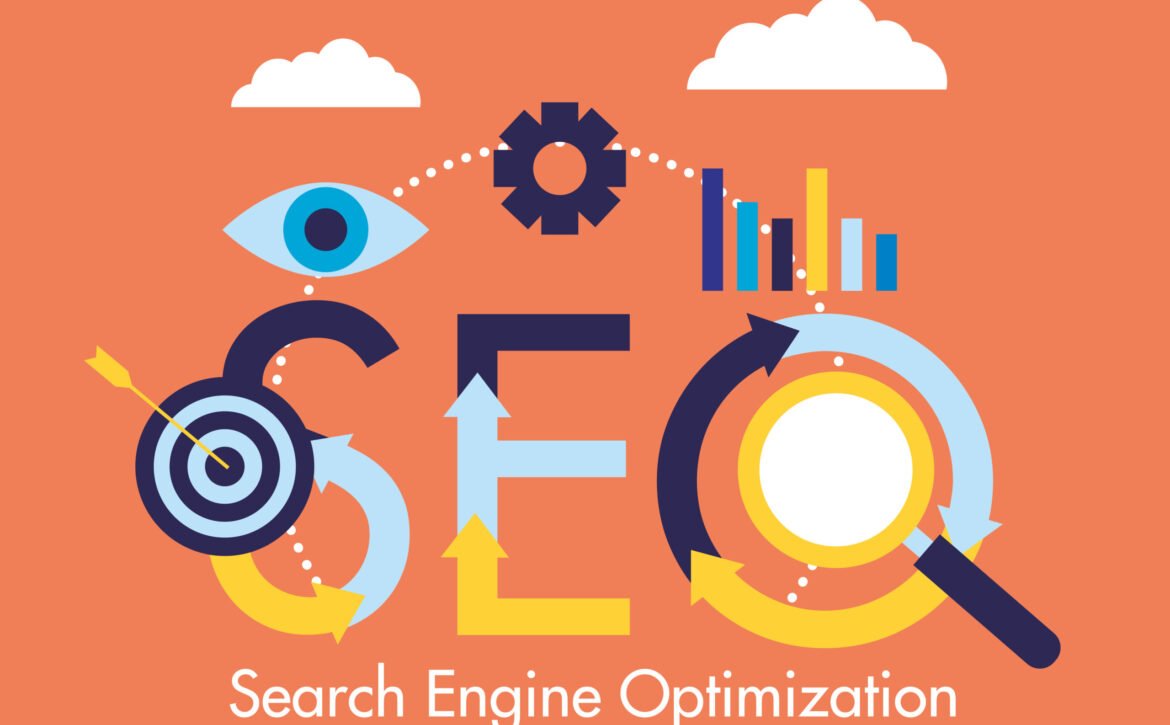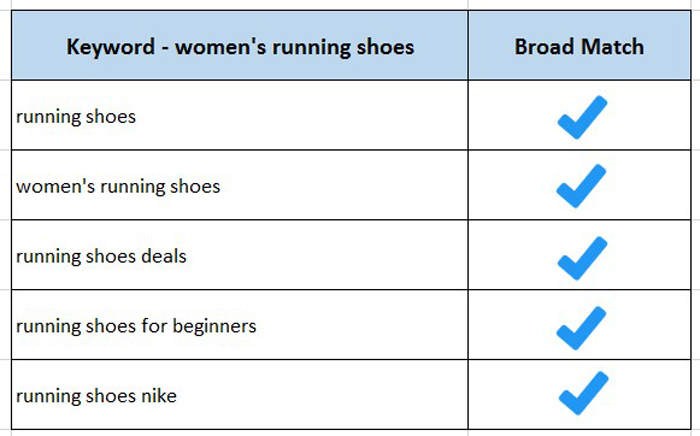Common Google Ads Optimisation Mistakes and How to Avoid Them
Google Ads is one of the most powerful platforms for reaching potential customers and driving conversions. However, without proper optimisation, campaigns can quickly become costly and ineffective. Many businesses make common mistakes that limit their ad performance and budget efficiency. In this article, we will highlight these mistakes and explain how to avoid them to get the most out of your Google Ads campaigns.
1. Not Defining Clear Goals
The mistake: Running campaigns without clear objectives often leads to wasted ad spend. If you don’t know what success looks like, it’s impossible to measure or optimise performance.
How to avoid it: Define specific, measurable goals before launching your campaigns. Whether it’s generating leads, increasing website traffic, or driving online sales, set clear KPIs such as cost per conversion, click-through rate, and return on ad spend.
2. Ignoring Keyword Match Types
The mistake: Using only broad match keywords can attract irrelevant traffic, reducing your click quality and increasing costs.
How to avoid it: Use a mix of match types—broad match modified, phrase match, and exact match—to control when your ads appear. Regularly review search term reports to find and add negative keywords that prevent irrelevant clicks.
3. Poor Ad Copy and Lack of Testing
The mistake: Writing generic ads and never testing different variations can lead to low engagement and poor click-through rates.
How to avoid it: Create multiple versions of your ad copy with different headlines and descriptions. Conduct A/B testing to see which versions perform best, and refine your copy based on performance data.
4. Not Using Ad Extensions
The mistake: Many advertisers overlook ad extensions, which can make ads more informative and appealing.
How to avoid it: Use all relevant ad extensions, such as site link, callout, structured snippet, and call extensions. They improve visibility, increase click-through rates, and provide users with more reasons to click your ad.
5. Neglecting Landing Page Experience
The mistake: Sending traffic to poorly designed or irrelevant landing pages leads to high bounce rates and low conversion rates.
How to avoid it: Ensure your landing pages are fast-loading, mobile-friendly, and directly related to your ad content. A clear call-to-action, minimal distractions, and strong value propositions are crucial for higher conversions.
6. Failing to Monitor and Adjust Regularly
The mistake: Setting up campaigns and leaving them unchecked can waste budget and miss optimisation opportunities.
How to avoid it: Regularly review your campaigns to analyse performance data. Adjust bids, pause underperforming ads, update keywords, and refine targeting based on your results.
7. Ignoring Conversion Tracking
The mistake: Without conversion tracking, you cannot measure ROI or know which keywords and ads are driving results.
How to avoid it: Set up conversion tracking in Google Ads and integrate it with Google Analytics. This will give you clear data on how users interact with your ads and help you allocate budget to what works.
Conclusion
Avoiding these common mistakes can significantly improve your Google Ads performance, helping you drive better results at lower costs. By setting clear goals, using targeted keywords, testing ad copy, optimising landing pages, and tracking conversions, you can make your campaigns far more effective.
At Achyutam Technology, we specialise in managing and optimising Google Ads campaigns to help businesses maximise their ROI. Our team continuously analyses performance and applies proven strategies to ensure every ad delivers measurable results.


